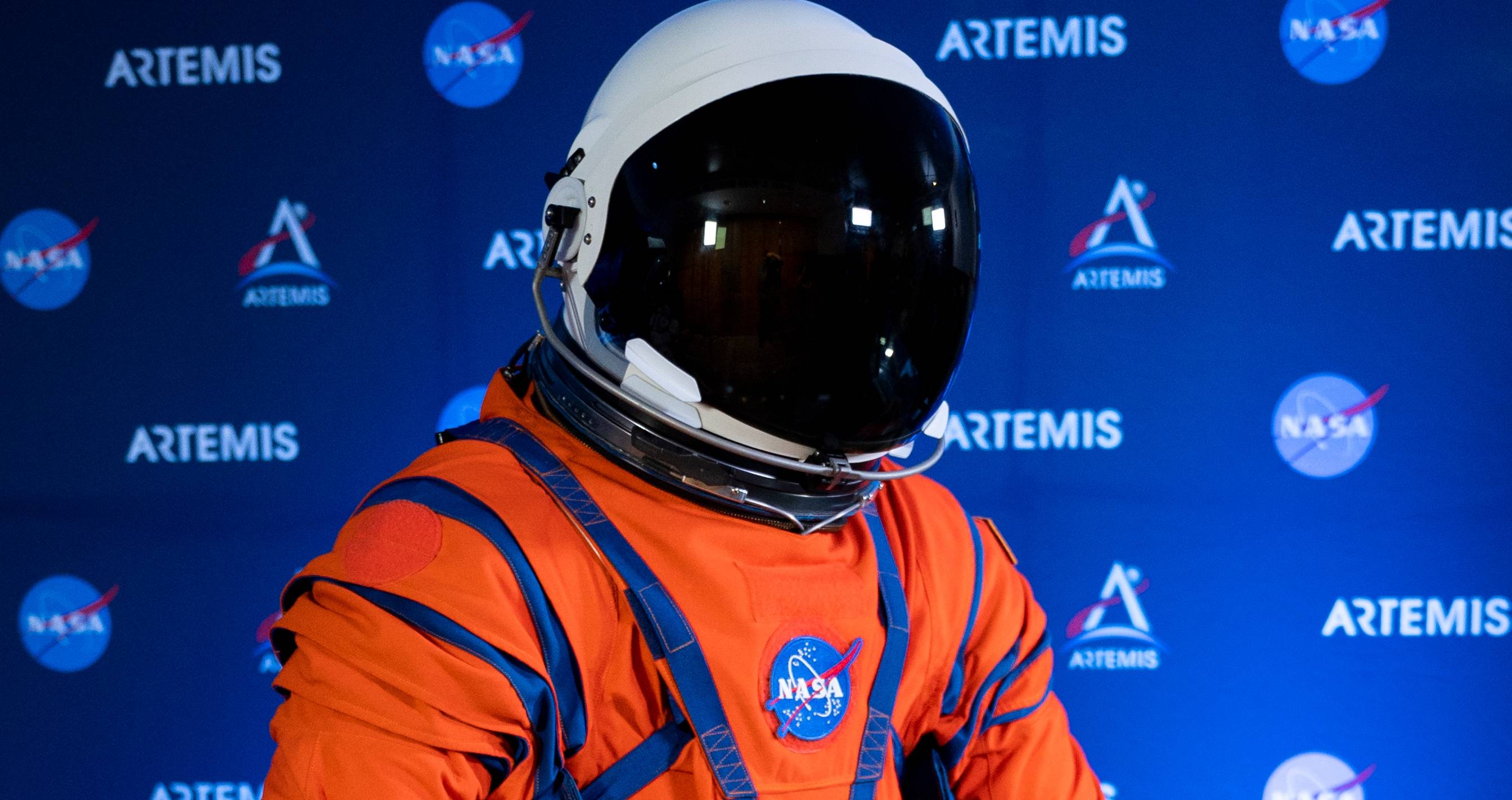
Suggested reductions would result in: Elimination of the Lunar Gateway, retirement of Artemis equipment, and the end of the ISS in 2030.
The White House has suggested cutting NASA’s budget by 24%, reducing it from $24.8 billion to $18.8 billion. Should this proposal be accepted, it would represent one of the most significant single-year reductions in federal backing for the agency and bring its spending down to an inflation-adjusted level unseen in many years....
These reductions are currently only suggested guidelines for Congress and aren’t set in stone. NASA enjoys broad backing across political aisles on Capitol Hill, particularly from Senator Ted Cruz (R-TX) and Senator Chris Van Hollen (D-MD). They both seem poised to strongly oppose this demotion, as it could essentially hand China the advantage in space science and exploration.
Under the proposed spending overhaul [PDF] from the Office of Management and Budget this week – following days of speculation – NASA's Moon-bound Artemis program will undergo a major shakeup, with the agency's Space Launch System (SLS) rocket and Orion crew capsule slated for retirement after Artemis III, the flagship mission to put American boots back on the lunar surface this decade.
The Lunar Gateway, originally envisioned as a small orbiting station to support Moon missions, would also be canceled, with some components potentially repurposed. In their place, the space agency is expected to lean on commercial alternatives for future lunar ambitions.
The proposed budget would cut $2.3 billion from NASA’s science department, reducing research efforts to their most basic levels even though officials insist the U.S. can still outpace China in lunar missions and ultimately achieve Martian exploration. Additionally, regarding the Red Planet, rocks collected by the Perseverance rover will remain on Mars indefinitely because funding has been removed from the Mars Sample Return project with plans now suggesting these goals could be pursued during an eventual manned mission instead.
Nearer to our location, the International Space Station is set to experience a reduction of $508 million. This includes having fewer crew members, less frequent resupply missions, and an official dismantling scheduled for 2030. According to the budget document, these operations will be succeeded by commercial space stations, and all scientific studies will concentrate on initiatives vital for lunar and Martian expeditions.
The budget proposes reshaping NASA's upcoming Landsat Next mission—which consists of three planned satellites designed to provide detailed, multi-spectrum images of Earth’s surface. Programs focused on climate change and “green aviation” have been completely cut from the plan; however, initiatives related to air traffic management and defense remain intact. Additionally, numerous less critical scientific and technological endeavors may be terminated or indefinitely postponed should these suggested reductions gain approval in Congress.
As well as the NASA slashing, the Trump White House pushed for reductions in public spending on health, education, and clean energy programs, but backed boosts for the military.
"A budget focused on cutting costs and scaling back," said Casey Dreier, who leads space policy at The Planetary Society, when speaking with The Register about the suggested alterations to NASA’s funding.
"The consequences will come years down the line. It's the things that we won't know, the cancer treatments we won't discover, the big insights into the cosmos that impact how we can manipulate our world around us, we won't know. It's fundamentally a budget of turning down and inwards."
He pointed out the proposed budget cuts, adjusted for inflation, would leave the agency with about the levels of funding it had in the early 1960s, when the Mercury missions were still trying to get astronauts into orbit.
The biggest boost in funding is directed towards human space exploration, receiving an additional $647 million aimed at returning humans to the Moon and ultimately reaching Mars for the first time. However, considering that NASA’s own Artemis equipment may be retired after only three missions and significant reductions are planned for the propulsion technology required to get to the Red Planet, I wouldn’t expect much progress in my view.
The budget plan relies significantly on the commercial sector that NASA fostered and assisted in developing — ahem, SpaceX — to compensate for the reductions; the organization will stay away from domains more appropriate for private sector research and development.
Even though Elon Musk — the wealthy CEO of SpaceX, leader of the DOGE operation, and an influential advisor to President Trump — claims he’s pulling away from governmental influence, this proposed budget is exceptionally favorable for him, his space company, and his longstanding aspirations of sending humans to Mars which have yet to be fully realized.
0 Response to "Trump Plans to Slash NASA Budget by 25%: A Move With Dire Consequences"
Post a Comment